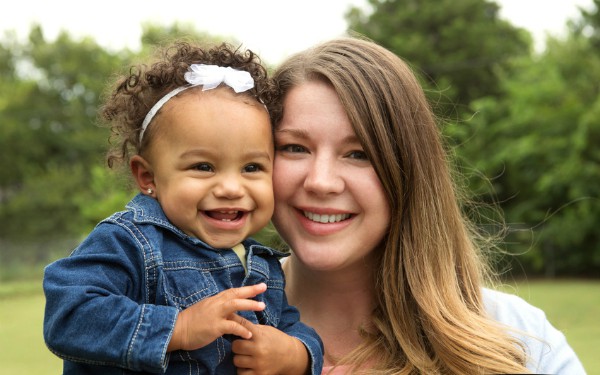
Matching a child with an adoptive family is a complex and weighty task for social workers. It is a life changing decision for several people; most importantly, the child and the prospective adopters. Rushing the process, not providing enough information or failing to develop a sufficient support plan can lead to significant issues further down the line.
In a new guide for Community Care Inform Children, Elaine Dibben, consultant for CoramBAAF, provides practical guidance on the matching process and issues social workers need to consider. Inform subscribers can read the full guide. We present an excerpt from the piece here.
Identifying needs
The social worker’s task in the matching process is to identify the child’s needs and weigh up how the needs of that child can be met by prospective adopters. Where areas of limitation are recognised, social workers need to explore whether there is professional or family support available that will reduce any risks or concerns. Prospective adopters are very often becoming parents for the first time. They will not necessarily have parenting experience to draw upon and may benefit from training or parenting programmes or from being buddied up with an adopter with experience of similar issues.
The English statutory guidance, issued in 2013, gives clear guidance to social workers about the government’s expectations of the matching process. It states that:
“Making a good match between a child and prospective adopter is a highly skilled task and is vital for both the child and the prospective adopter. The social worker has to consider a range of issues: meeting the child’s identified needs, the parenting skills of the prospective adopter, working quickly to avoid the damaging effect of delay and using the agency’s resources effectively
…If the prospective adopter can meet most of the child’s needs, the social worker must not delay placing a child with the prospective adopter because they are single, older than other adopters or do not share the child’s racial or cultural background.
Social workers also need to consider how the prospective adopter’s parenting capacities can be supported and developed alongside the child’s changing needs. Time is not on the side of the child and a delay in placing a child with a new family can damage their development, contribute to further emotional harm, reduce their chances of finding a permanent family or increase the chance of adoption breakdown…” (SG 4.4)
Practitioners may consider the following issues to be key criteria, depending on the needs of the child, when deciding on the family match:
- Health;
- Education;
- Emotional and behavioural development;
- Identity;
- Placement of siblings;
- Contact;
- Development of a support plan.
Health, including mental health and disability
The child’s health needs, both current and future, should be informed by advice from the agency’s medical adviser. In some situations the longer term implications should also be considered, for instance babies where the mother has abused substances in pregnancy or there are genetic risk factors due to the parental mental health history, parental learning difficulties or possible viral infections (such as HIV, Hepatitis C) that cannot be positively identified or ruled out at this stage.
Prospective adopters should have had access to reports significant health needs if they exist, and been given an opportunity to discuss them with the medical adviser. This will ensure you have an informed view about the prospective adopter’s understanding of the child’s health needs and their ability to support the child and work with relevant professionals.
Consider the following areas when matching:
- Whether the prospective adopters have a realistic view of the child’s potential, and the impact their health needs may have on this;
- Their availability to manage any regular health appointments;
- Their acceptance that there may be unknowns in relation to health information or outcomes for the child.
For further information and advice about issues to consider when making a match, Community Care Inform Children subscribers should access the full guide.


 A trauma-informed approach to social work: practice tips
A trauma-informed approach to social work: practice tips  Problem gambling: how to recognise the warning signs
Problem gambling: how to recognise the warning signs 




 Find out how to develop your emotional resilience with our free downloadable guide
Find out how to develop your emotional resilience with our free downloadable guide  Develop your social work career with Community Care’s Careers and Training Guide
Develop your social work career with Community Care’s Careers and Training Guide  ‘Dear Sajid Javid: please end the inappropriate detention of autistic people and those with learning disabilities’
‘Dear Sajid Javid: please end the inappropriate detention of autistic people and those with learning disabilities’ Ofsted calls for power to scrutinise children’s home groups
Ofsted calls for power to scrutinise children’s home groups Seven in eight commissioners paying below ‘minimum rate for home care’
Seven in eight commissioners paying below ‘minimum rate for home care’
 Facebook
Facebook X
X LinkedIn
LinkedIn Instagram
Instagram
It’s a great shame that this advice isn’t mandatory with councils. A person can be turned down for not sharing the same colour as a child. A dual heritage child who had been fostered previously by a white Foster Carer and incidentally has an adult son of the same ethnicity The child concerned had a strong attachment with the FC and Social Workers broke the attachment and removed the child. It is unconditional love that matters the most.